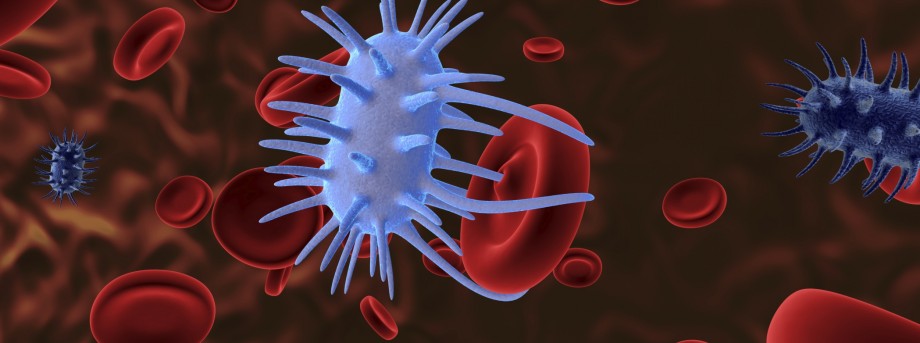The University of Nottingham
 Exchange online
Exchange online
Research Exchange
Breaking up the superbugs’ party

The fight against antibiotic-resistant superbugs has taken a step forward thanks to a new discovery by scientists at The University of Nottingham.
A multi-disciplinary research team at the University’s Centre for Biomolecular Sciences has uncovered a new way of inhibiting the toxicity and virulence of the notorious superbug, Pseudomonas aeruginosa.
This bacterium produces an armoury of virulence factors and is resistant to many conventional antibiotics. It is almost impossible to eradicate P. aeruginosa from the lungs of people with cystic fibrosis and is therefore a leading cause of death among sufferers. The bug also causes a wide range of infections particularly among hospital patients.
The new discovery concerns the bacterial cells’ ability to ‘talk’ to each other by producing and sensing small chemical signal molecules. This is called ‘quorum sensing’ (QS) and enables a population of individual bacteria to act socially rather than as individuals. QS allows a population of bacteria to assess their numerical strength and make a decision only when the population is ‘quorate’.
The mechanism through which QS signals work is by activating gene expression upon interaction of a QS signal molecule with a receptor protein. In many disease-causing bacteria, QS controls genes which are essential for infection. These genes code for virulence factors such as toxins which cause damage to host tissues and the immune system. Interfering with the QS signalling process blocks bacterial virulence and renders bacteria unable to cause infection. Consequently QS systems are molecular targets for the development of new anti-infective drugs which do not kill bacteria but instead block their ability to cause disease.
In a study published in the journal, PLOS Pathogens, the Nottingham team has described how they solved the 3D structure of a receptor protein called PqsR used by P. aeruginosa to sense alkyl quinolone QS signal molecules so that they could visualize the shape of the QS signal molecule-binding site within the PqsR protein.
Professor of Molecular Microbiology, Paul Williams, said: “We were able to synthesize and screen a library of chemical compounds which could fit within the PqsR binding site and block receptor activation by the QS signal molecules. The active compounds were screened for their ability to inhibit QS and through a process of chemical refinement some novel potent QS inhibitors were discovered which were tested biologically on P.aeruginosa and shown to block virulence gene expression.”
Professor of Macromolecular Crystallography, Jonas Emsley, added: “This ground-breaking work establishes a platform for the future evaluation and further development of these new QS inhibitor compounds as potential drugs for the treatment of P. aeruginosa infections.”
The research was funded by the Biotechnology and Biological Sciences Research Council (BBSRC). Read the full paper, published in PLOS Pathogens.
Tags: bacteria, Centre for Biomedical Sciences, Macromolecular Crystallography, Molecular Microbiology, superbug
Leave a Reply
Other News

Top prize for quantum physicist
A University of Nottingham physicist has won a prestigious medal from the Institute of Physics for […]

Zero carbon HOUSE designed and built by students comes home
Design and construct a low cost, zero carbon, family starter home, transport it to Spain, build […]